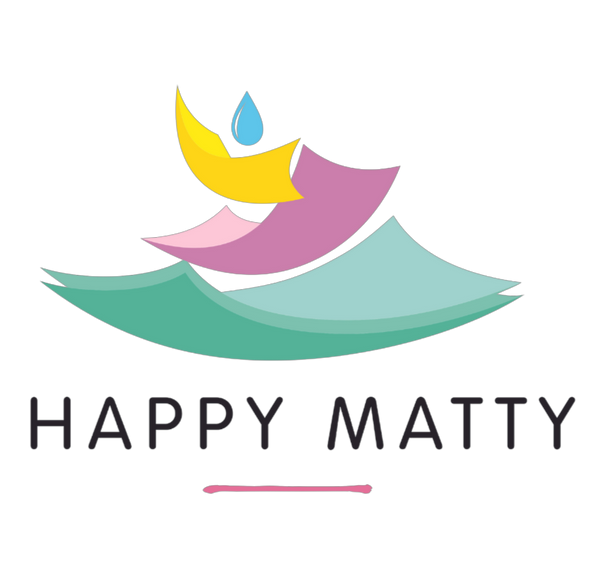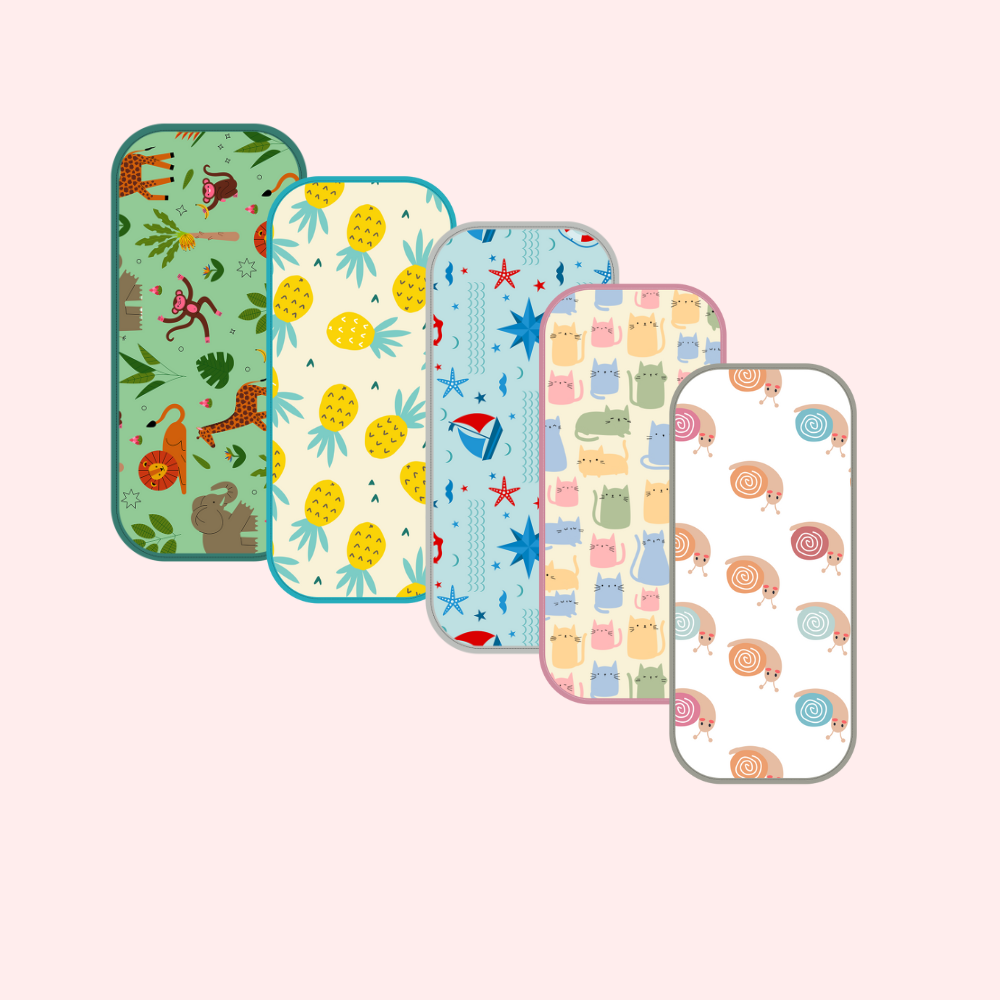As any parent quickly discovers, life with a newborn is a sensorial whirlwind. Every touch, every scent, every fabric against your baby’s skin becomes part of the rich tapestry of early parenthood. Among the many essentials—diapers, swaddles, pacifiers—burp sheets quietly earn their place as unsung heroes. But when it comes to these humble cloths, not all fabrics are created equal. A burp sheet that feels like sandpaper after a few washes can turn a simple spit-up clean-up into a scratchy frustration. On the other hand, one made of just the right fabric can glide gently across cheek and chest, soothing both baby and parent. So, what should you look for in a burp sheet that’s truly gentle on delicate baby skin? Let’s dive in.
Understanding Delicate Baby Skin
Newborn skin is astonishingly thin—up to 30 percent thinner than an adult’s—and its protective barrier is still developing. This makes it more prone to dryness, irritation, and allergic reactions. A single abrasive washcloth can leave redness or tiny scratches, and rough fabrics can disrupt that tender barrier, leading to discomfort or even infection. Parents often notice how babies react to different textures long before they can speak. A burp sheet that feels soft and cozy invites calm compliance, whereas anything coarse will prompt wriggling and fussiness. Recognizing this sensitivity is the first step to choosing the right fabric.
The Importance of Fabric Choice
At first glance, a burp sheet might seem too simple to warrant deep deliberation. Yet fabric choice affects breathability, absorbency, durability—and ultimately, how your baby feels when in contact with it. A fabric that’s too stiff risks chafing; one that’s too flimsy may not handle multiple washes or heavy moisture. And if it traps heat, your little one may end up sweaty and cranky. The ideal burp sheet strikes a balance between cushiony softness, robust absorbency, and gentle airflow. It should be substantial enough to safeguard clothes from spills but light enough to fold neatly into a diaper bag.
Cotton Varieties: From Standard to Organic
Cotton has long been a go‑to for baby linens. Its natural fibers are breathable and absorbent, wicking moisture away from skin rather than holding it in a damp trap. Standard cotton burp sheets are generally cost‑effective and soft out of the package. However, conventional cotton can carry pesticide residues and chemical finishes unless certified otherwise. That’s where organic cotton comes in. Grown without synthetic fertilizers or pesticides, organic cotton burp sheets often bear certifications like GOTS—the Global Organic Textile Standard—offering peace of mind that the fibers touching baby’s skin are free from harsh agricultural chemicals. Though they may come with a slightly higher price tag, these sheets deliver a purity of touch that conscientious parents appreciate.
Bamboo Blend Wonders: Why It Works
In recent years, bamboo‑cotton blends have risen to parenting fame for good reason. Bamboo fibers, processed into rayon or viscose, deliver a silky texture that feels downright luxurious against fragile skin. Combined with cotton, bamboo blends achieve remarkable moisture‑wicking power—sometimes up to three times more absorbent than pure cotton—while maintaining breathability. This means runaway drool or spit‑up never sits long enough to irritate. Bamboo fibers are naturally antibacterial and resistant to odors, so even after a long day of use, your burp sheet stays fresher. And because bamboo is one of the planet’s fastest‑growing plants, its cultivation tends to be more sustainable, aligning with eco‑minded families’ values.
The Role of Weave and Weight
Beyond fiber content, the way threads intertwine shapes how a fabric feels and behaves. A tight honeycomb or waffle weave offers a slight texture that boosts airflow and gives extra scrubbing power for messier messes. This structure traps pockets of air, enabling warmth when it’s cool but rapid heat release when baby presses close. Conversely, terry cloth, with its loops, provides high surface area for absorbency but can sometimes feel bulkier—great for at‑home use, perhaps, but less ideal for on‑the‑go burp duty. The fabric’s weight, often measured in grams per square meter (GSM), tells another part of the story. A mid‑range GSM—around 250 to 350—usually ensures enough heft to manage spills without becoming lumpy when folded. Lighter fabrics may be fine for newborn drooling, whereas heavier weights serve especially well once solids enter the menu.
Hypoallergenic and Chemical‑Free Finishes
Some parents have observed that even the softest pure‑cotton sheets cause irritation, especially in babies prone to eczema or allergies. Often, it’s not the fiber itself but the finishing processes—bleaches, dyes, and softening agents—that trigger reactions. Fabrics treated without optical brighteners, chlorine bleach, or formaldehyde‑based resins minimize that risk. Look for burp sheets labeled hypoallergenic or dermatologically tested. Certifications such as Oeko‑Tex Standard 100 ensure that every chemical used in production meets strict safety thresholds. When families choose such creations, they’re safeguarding their babies against invisible irritants.
Durability Meets Softness: Balancing Longevity and Comfort
There’s a trade‑off in fabric manufacturing: the softer you make it, often the less durable it becomes—especially after repeated wash cycles. Parents treasure that brand‑new teddy‑bear plush feel, but that kind of softness can fade after a handful of launderings, which are inevitable with any burp sheet. The secret lies in smart layering and stitching. Double‑layered burp sheets, or those with a stay‑flat gusset, reinforce high‑stress areas prone to stretching. Binding around the edges prevents fraying, while stitch‑densities around two to three stitches per millimeter lock threads in place for long-lasting structure. These details ensure a fabric remains reliably gentle wash after wash, avoiding that annoying “pilling” phase that turns clouds into eye scratchers.
Caring for Your Burp Sheet: Maintenance Tips
Even the gentlest fabrics need attentive care to maintain their softness and integrity. Wash in cool water with a mild, fragrance‑free detergent to avoid stripping the fibers of natural oils that confer that supple hand feel. Skip fabric softeners and dryer sheets, as their chemical coatings can build up over time, reducing absorbency and introducing potential irritants. Instead, tumble dry on low heat or air‑dry to preserve the fabric’s loft. If you ever do need to iron—perhaps to smooth out creases from storage—use the lowest heat setting, keeping the iron moving quickly to prevent scorching. With these small rituals, burp sheets retain their cloud‑like comfort, ready for every precious mess.
Happy Matty’s Approach to Gentle Fabrics
At Happy Matty, we understand the alchemy behind truly gentle burp sheets. Our designers start by sourcing premium bamboo‑cotton blends and certified organic cotton. Each sheet undergoes rigorous testing for absorbency, breathability, and colorfastness, ensuring it will perform beautifully without chemical overreach. Our signature double‑layer construction pairs a velvety bamboo‑viscose surface with a cotton‑rich backing, marrying plush comfort with robust spill‑guarding power. Clever quilting patterns prevent bunching, and our mid‑range GSM ensures the perfect weight—light enough for diaper‑bag folding yet substantial enough to absorb even a sudden outburst of milk. Every stitch is an expression of our commitment to durability, so parents can trust that softness lasts into toddlerhood and beyond.
Suggested Reading: Mattress Protector Myths Debunked: What You Really Need to Know Before Buying
Conclusion
Choosing the right burp sheet fabric goes far beyond convenience. It’s about honoring the sensitivity of new life, crafting moments of cushioned comfort that ease fussiness and protect softer-than-silk baby skin. From the purity of organic cotton to the silken embrace of bamboo blends, every thread choice influences how your infant experiences the world—first through cozy contact, then through the security of knowing Mom or Dad is close at hand. As you consider materials, look for hypoallergenic certifications, balanced weave structures, and care instructions that prioritize the long‑term gentleness you and your baby deserve. When softness meets savvy engineering, you gain more than a burp sheet: you create a trusted companion for countless cuddle sessions to come.
Discover the full range of luxuriously gentle burp sheets and more at Happy Matty—where every fabric tells a story of care and comfort for your little one.
https://happymattystore.com/



